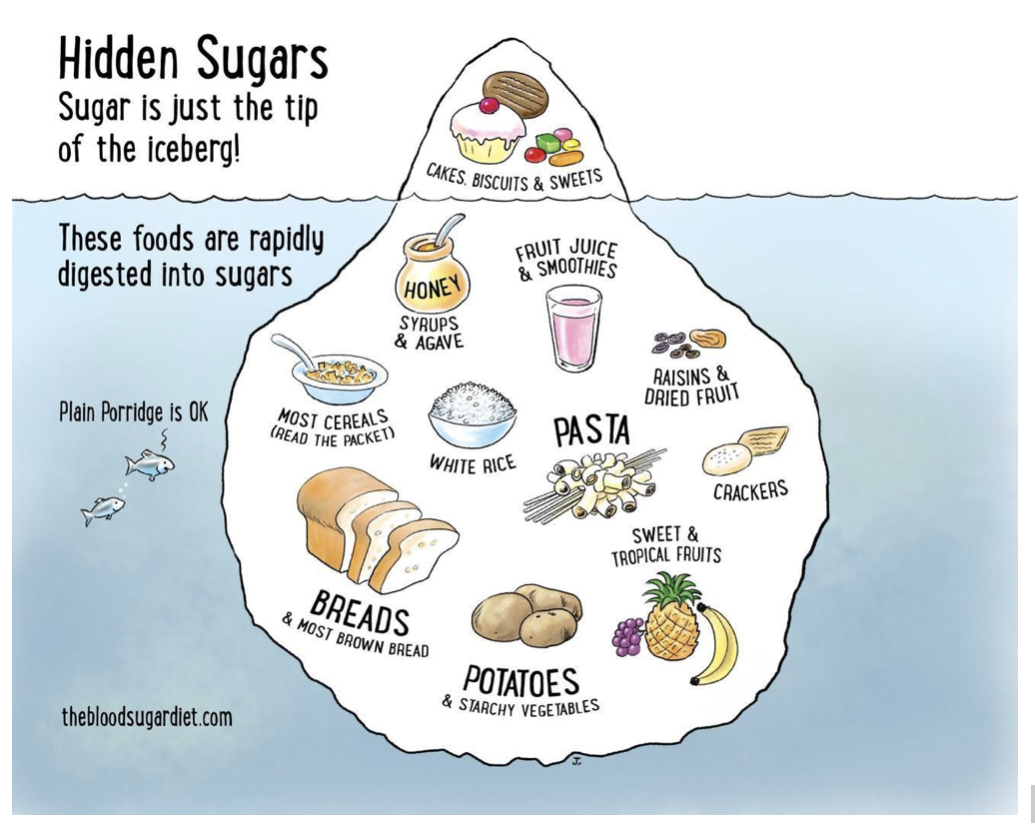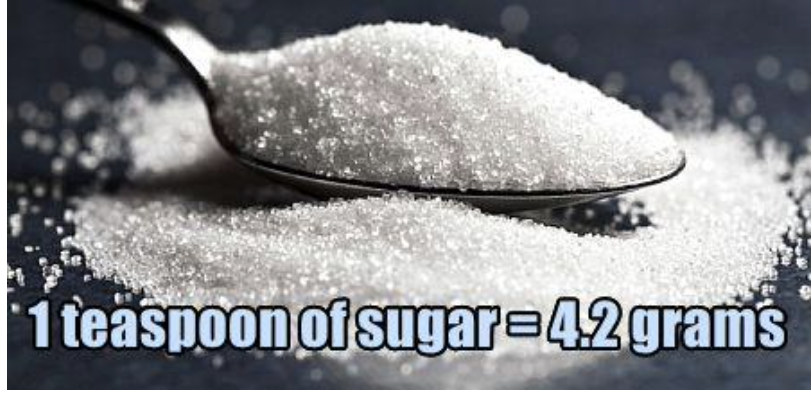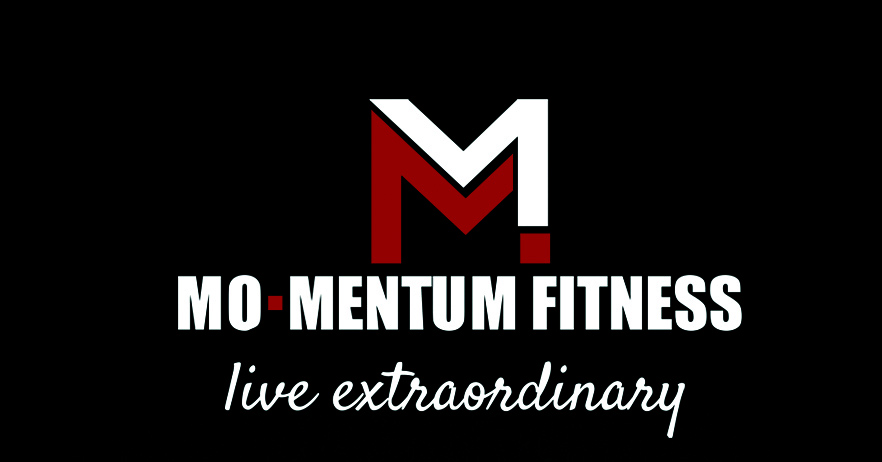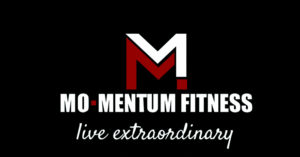Steve and I were having lunch with my parents at an awesome little café overlooking the ocean in Kauai a few years ago. Steve asked the waitress if he could get an unsweetened iced tea and the waitress very innocently responded, “Sure honey! Our sugar is organic in case you would rather have some sweet tea.”
She meant well, but she was unaware (as many of us are), that sugar is STILL sugar, regardless of its fancy, healthy-sounding label. Organic sugar has the same effect in your body as honey, table sugar, and fructose that comes from fruit.
We have been misguided for several decades about sugar in foods.
Let’s Take a Closer Look…
Billions of dollars spent on advertising have influenced a misguided definition of a healthy diet for average Americans that might look something like this. This has led to a seemingly healthy day that might look something like this:
Breakfast: Instant oatmeal or fruit with toast and orange juice, and coffee with sugar-free light creamer because those foods are supposed to be good for us.
Mid-Morning snack: How about a protein bar?
Lunch: A Salad! How healthy! Let’s throw on some raspberry vinaigrette–might as well make it taste good!
Afternoon “Pick-me-up” Snack: COOKIE! Everyone knows this is sugar, but you ate a salad for lunch… on that note, might as well have TWO cookies
Dinner: Whole Wheat Pasta! Plus, the sauce is made of tomatoes! Tomatoes are a vegetable! Or, wait– aren’t tomatoes a fruit?… Either way, tomato sauce is healthy!
Now for the sad news. This is what the meals above break down into….
Breakfast= Sugar and Coffee with Sugar
Snack = Sugar and Chemicals
Lunch= Sugar over salad, some protein and (hopefully) quality vegetables (ideally NOT just iceberg lettuce).
Afternoon snack= Sugar
Dinner= Sugar with some tomato sauce (which, sadly, is often packed full of sugar)
Here’s the thing…marketing teams are very good at hiding simple sugars in their products. If we are not carefully looking at the labels of the food we’re buying, it’s easy to assume it’s healthy. We are tricked by buzz words like, “all natural,” or “gluten-free,” or “made from real vegetables.”
Sugar, no matter where it’s from, digests the same in your body. Too much sugar raises your blood sugar, triggers the release of insulin and insulin tells your body to stop burning fat and start storing.

What about the Words “Refined Sugar”?
What does “refined” really mean and how is this word linked to sugar?
Grain must be processed into flour to be utilized for cooking. Unless we do it ourselves, the good old fashioned way, the refining process consists of grinding and removing the whole grain, which in turn removes most of the fiber and important nutrients. The best example of refining is the process of taking wheat and making flour. The flour can then be used to build spaghetti noodles, or Krispy Cream Donuts, Lucky Charms.
White flour digests in your system quickly because the fiber has been removed. It breaks down into sugar (glucose) to be used or used or stored. Simply stated, white flour turns into sugar when we eat it.
When you eat something with white flour whether it’s spaghetti noodles or chocolate chip cookies, your insulin levels go up in your bloodstream to move the sugar out of your bloodstream and into your cells to be burned or stored.
Wheat, before it is processed, is a complex carbohydrate because of high fiber content but after it’s processed it behaves like a simple sugar as flour because of how quickly it is digested into the body. In short (again), flour behaves just like sugar because it’s missing fiber.
Examples of Simple Carbs:
- Pastries, cookies, bars & other baked sweets, cereal, granola
- These foods contain lots of refined carbohydrates (flours and added sugars)
- Bread and pasta made from wheat flour
- White bread, gluten-free bread, most wheat bread
- Pasta
- Crackers
- All fruit juices & soft drinks
- Lots of “added” sugars
- Sugar
- White, brown, coconut palm, corn syrup, high fructose corn syrup, all other “syrups”, etc.
- Of all the sugars” agave nectar is almost identical to high fructose corn sugar. Although it’s marketed as a “health food,” it’s NOT healthy and in fact it’s HARD on your liver.
- Organic sugars and sweeteners digest the same way other sugars digest.
- Sweeteners, even natural ones
- Honey, pure maple syrup or molasses (all sugars are not equal, some are better for us, BUT too much of any sugar is too much.)
- Granulated, powdered and brown sugar
I know, I know… Let’s Talk about the Sugar in Fruit
Fruit is not a simple carbohydrate. Whole real fruit consists of fiber, water, and some fructose (sugar). When you eat an apple, you are ingesting fiber, fructose, and water. Your digestive tract breaks down the fibers, which takes time and energy. The fiber slows down your digestion. This fiber also feeds your healthy microbiome and then helps to clean out your digestive tract. Fruit also has vitamins and minerals that your digestive tract is designed to remove during digestion and transfer to your cells to thrive. The difference between fruit and simple carbohydrates is that fruit contains fiber and water and natural vitamins and minerals.
If I asked you to eat 500 calories in apples, you couldn’t do it. The fiber would be too much and you would be running to the bathroom before you could get to 300 calories. If I asked you to eat 500 calories in chocolate chip cookies, you’d most likely still be hungry for more by the time you reached 500 calories.
The main difference between fruit (and even vegetables) and soda or chips or cookies is that processed foods supply plenty of sugar in the form of high fructose corn syrup, maltodextrin, fructose, or any other kind of sugar but without the fiber, healthy fats or protein the slow the absorption of the sugar.
Important Tip: Dried fruit isn’t a great alternative to fruit because the water is removed, but the sugars are still in the fruit. So, you end up ingesting much more sugar since the water isn’t there to fill you up.
Simple Trick To Know When Your Food Is A Simple Carb, Sugar: Anything that digests in your mouth without chewing is a simple carb.
Try putting a starchy food (any kind) in your mouth. If you leave it there long enough and allow your saliva to do its work, you won’t have to EVER chew it. That’s a simple carb.

1 teaspoon of sugar = 4 grams of sugar (YIKES!)
Today, the average adult living in the United States consumes around 22 teaspoons of added sugars daily (1). Many adults are eating this amount of sugar from foods they believe are “healthy” because the packaging of the food they are eating tells them, it’s “healthy.”
The World Health Organization and the American Heart Association suggest adults consume no more than 6 teaspoons, (about 100 calories or 25. 2 grams) of added sugar for women and 9 teaspoons (150 calories, 37.8 grams) of added sugar for men. Even this amount of sugar equates to 5 to 10 percent of the total calories consumed, which is still a very high amount of sugar (2, 3).
We have very little “storage space” for glucose in our bodies. We store glycogen (glucose) in our liver and muscles. The liver of an adult weighing 150 pounds can store roughly around 100-200 grams of glycogen. People who exercise regularly have muscles that store more glycogen but they spend it too. People who don’t exercise don’t store a lot of glycogen in their muscles and they also spend it quickly when they exercise. They run out of “gas” in their muscles much more quickly because they have so little fuel stored in their muscles.
Once your body has filled your glycogen tanks up the rest is stored as fat. To give you an idea about how sugar makes us fatter.
Below are 10 of the most common falsely marketed “healthy” foods that contain lots of sugar hiding in them:
- Cereals, including hot cereals like flavored oatmeal
- Packaged breads, including “whole grain” breads
- Snack and/or granola bars
- “Lower calorie” drinks, including coffees, energy drinks, blended juices and teas (low calorie doesn’t mean low sugar)
- Protein bars and meal replacement bars
- Sweetened yogurts and other dairy products (like flavored kefir, frozen yogurt, etc.)
- Frozen waffles or pancakes (these are basically sugar in a block we can toast and add more sugar on top of)
- Bottled sauces, dressings, condiments, and marinades (for example tomato sauces, ketchup, relish, BBQ sauces, or teriyaki marinades)
- Dried fruit and other fruit snacks (remember these are missing the water and most processed fruit “snacks” contain very little fruit)
- Restaurant foods, where sugar is used in sauces, various desserts and dressings for extra flavor (4)
My brother-in-law lost over 180 pounds a few years ago, and so much of it had to do with removing excess sugar from his diet. After he lost the weight I asked him at a wedding how he was doing. He told me that before he grabs something that he knows is processed or full of sugar he reminds himself, NOTHING TASTES AS GOOD AS THIS HEALTHY BODY FEELS!!
Start reading labels of the foods you are buying, you’ll be surprised, probably disappointed and a bit sad, but as soon as you change these foods up, you’ll see big changes and feel amazing!
References:
- https://draxe.com/nutrition/hidden-sugar-foods/
- https://www.heart.org/en/healthy-living/healthy-eating/eat-smart/sugar/added-sugars – .WI4MaGQrLaY (Heart association)
- WHO Guidelines: Sugars Intake For Adults and Children
- https://www.webmd.com/diet/ss/hidden-sugar-slideshow







